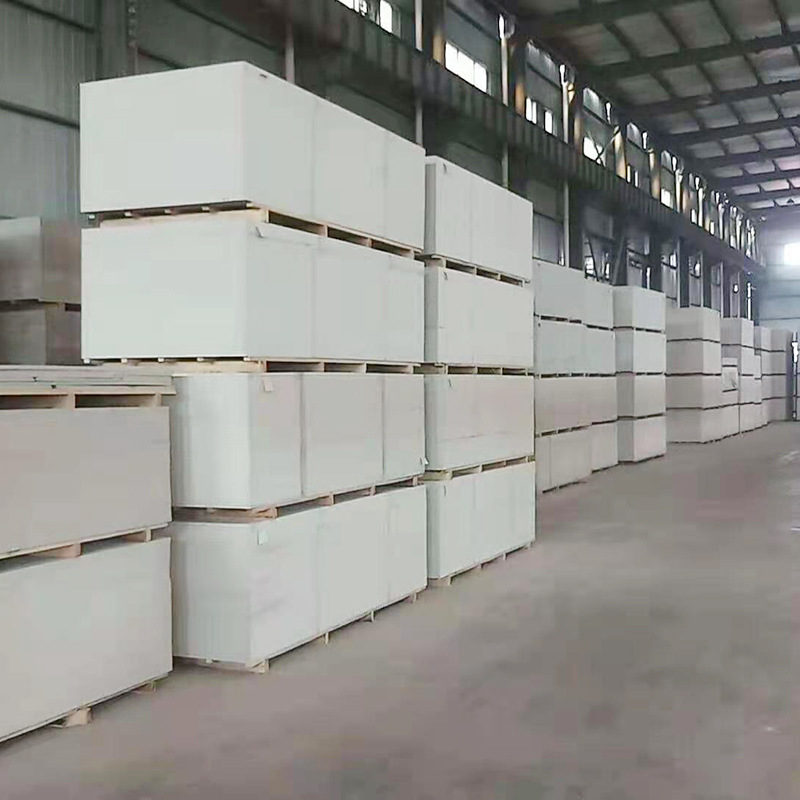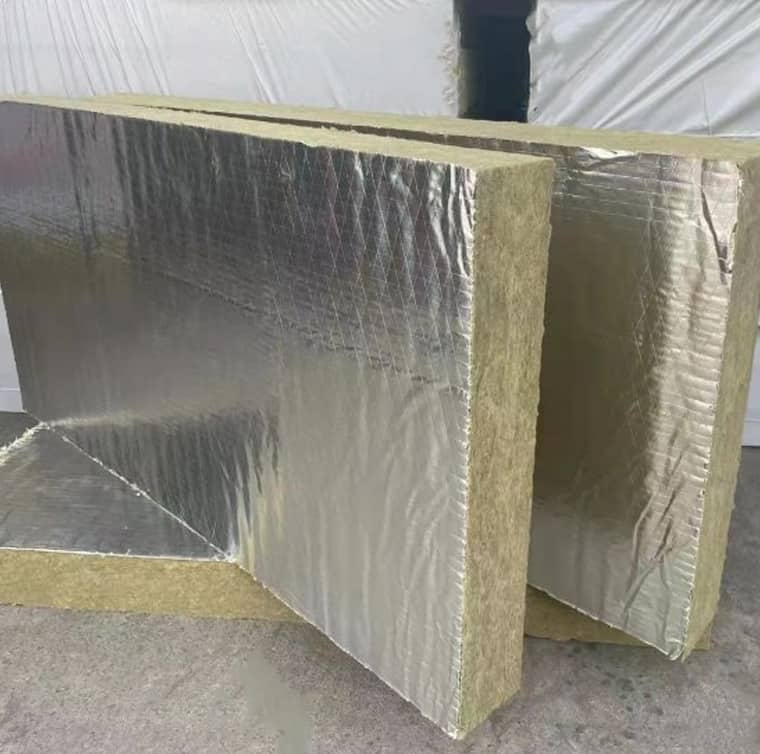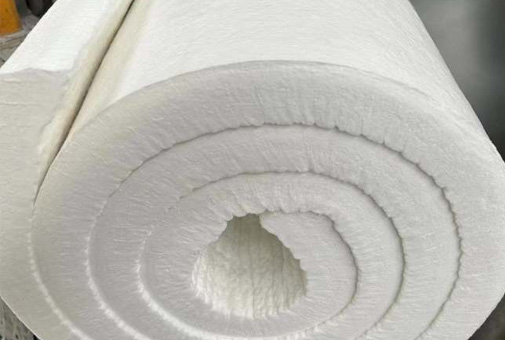In the world of insulation materials,
rock wool blankets have emerged as a highly versatile and essential solution for a wide range of applications. From construction projects to industrial settings, these blankets offer exceptional performance in thermal insulation, fire resistance, and soundproofing. But what exactly is a rock wool blanket, and why has it become so popular? Let's delve into the details.
Definition and Composition
A rock wool blanket, also known as mineral wool blanket, is an insulation material primarily made from natural rock materials, such as basalt and dolomite. These rocks are melted at extremely high temperatures, typically around 1450 - 1500°C, and then spun or blown into fine, flexible fibers. These fibers are then bonded together using a binder to form a blanket - like structure. The result is a lightweight, fibrous material with unique properties that make it ideal for various insulation purposes.
The inorganic nature of rock wool is a key factor in its outstanding performance. Unlike organic insulation materials, rock wool does not burn, rot, or degrade easily when exposed to moisture, chemicals, or high temperatures. This makes it a reliable and long - lasting option for insulation projects.
Key Properties
Thermal Insulation
One of the most significant advantages of rock wool blankets is their excellent thermal insulation capabilities. The tiny air pockets trapped within the fibrous structure of the blanket act as barriers, significantly reducing the transfer of heat. With a low thermal conductivity rate, rock wool blankets can effectively prevent heat from escaping in cold environments and entering in hot conditions. This property helps to maintain a stable indoor temperature, leading to energy savings in heating and cooling systems, whether in residential buildings or industrial facilities.
Fire Resistance
Rock wool is inherently non - combustible, earning it high fire - resistance ratings. It typically achieves a Class A1 rating, which means it does not contribute to the spread of fire and can withstand extreme temperatures without melting or releasing toxic fumes. In the event of a fire, rock wool blankets can act as a fire - resistant barrier, protecting structures and providing more time for evacuation. This makes them a crucial component in fire - safety systems in buildings, especially in high - rise structures, commercial complexes, and industrial plants.
Sound Absorption
Rock wool blankets are also highly effective at absorbing sound. The porous structure of the material breaks down sound waves, reducing noise transmission between different areas. Whether it's the sound of traffic outside a building, the hum of machinery in an industrial setting, or the noise from neighboring rooms, rock wool blankets can significantly enhance acoustic comfort. They are commonly used in interior partitions, ceilings, and walls to create quieter and more peaceful environments.
Water and Chemical Resistance
Another notable property of rock wool blankets is their resistance to water and chemicals. The material does not absorb water easily, which helps prevent mold growth and deterioration. This makes it suitable for use in areas with high humidity, such as basements, bathrooms, and outdoor applications. Additionally, rock wool's chemical stability allows it to withstand exposure to a variety of chemicals, making it a reliable choice for industrial insulation where corrosive substances may be present.
Applications
Rock wool blankets find extensive use in multiple industries:
- Construction: In building projects, they are used for wall, roof, and floor insulation in residential, commercial, and industrial buildings. They help improve energy efficiency, reduce heating and cooling costs, and enhance acoustic comfort. Rock wool blankets are also crucial for fire - proofing, providing a layer of protection in case of fire emergencies.
- Industrial Insulation: In industrial settings, such as power plants, refineries, and manufacturing facilities, rock wool blankets are applied to insulate pipes, boilers, furnaces, and other high - temperature equipment. Their ability to withstand extreme temperatures and resist chemical corrosion makes them an ideal choice for these harsh environments.
- HVAC Systems: For heating, ventilation, and air - conditioning (HVAC) systems, rock wool blankets are used to insulate ducts. This helps maintain the temperature of the air being transported, reduces energy loss, and minimizes noise from the movement of air within the ducts.
- Marine and Offshore: In the marine and offshore industry, rock wool blankets are used for insulation in ships, oil rigs, and other maritime structures. Their water - resistant and fire - resistant properties are essential for ensuring safety and efficiency in these environments.
Advantages Over Other Insulation Materials
Compared to other insulation materials like fiberglass or polystyrene foam,
rock wool blankets offer several distinct advantages. Their non - combustible nature provides superior fire safety, while their excellent thermal and acoustic performance ensures better energy efficiency and comfort. Additionally, rock wool is an environmentally friendly option, as it is made from natural materials and can be recycled at the end of its life cycle.
In conclusion, rock wool blankets are a high - performance insulation material with a wide range of applications and benefits. Their unique composition, combined with excellent thermal, fire, and acoustic properties, make them a top choice for architects, builders, and industrial professionals. Whether you're looking to improve the energy efficiency of a building, enhance fire safety, or reduce noise, rock wool blankets offer a reliable and effective solution.


